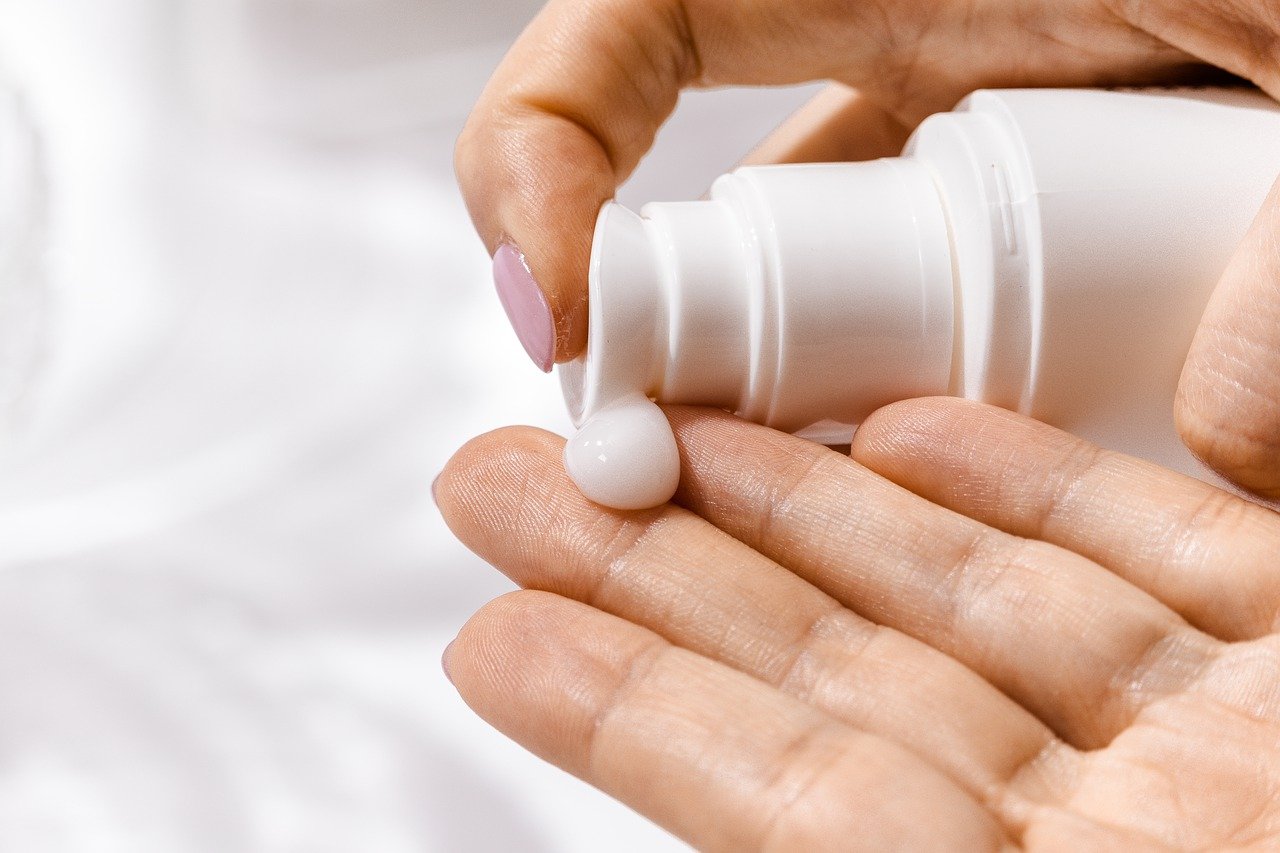Female External Catheter (FEC)

Catheter associated urinary tract infections (CAUTIs) are common hospital-acquired infections and remain a significant medical and financial challenge to the healthcare system. Despite this risk, incontinent women may require prolonged catheterization to accurately monitor urine output and prevent skin breakdown.
The PureWick Female External Urinary Catheter is a promising new non-invasive urine collection system for use in some incontinent women that may help reduce infection rates, and maintain skin integrity. It allows urine collection away from the skin and stores it in a collection canister.
This device is not for all clients and contraindicated in urinary retention which requires traditional internal catheter devices. Benefits include the ability to use the system in a variety of positions, ideal for most mobility constraints and the decrease in incontinence associated dermatitis (IAD) from urine remaining on the skin.

